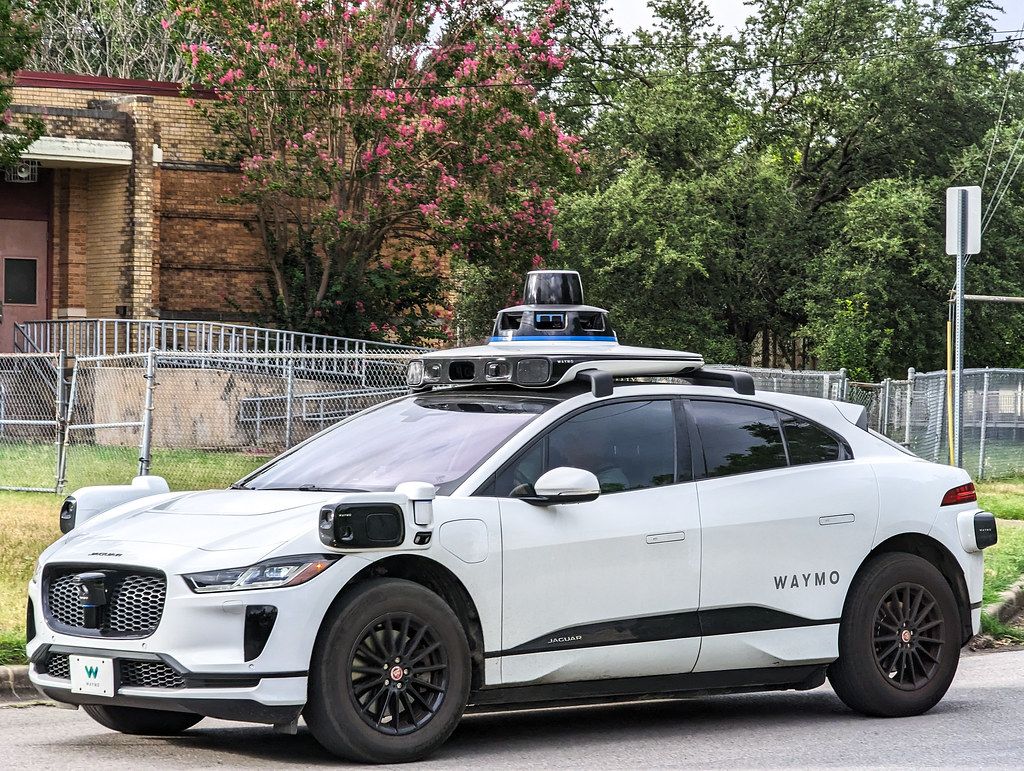
The allure of luxury automobiles has always been potent, captivating drivers with iconic designs, superior performance, and an unspoken promise of prestige. Historically, these magnificent machines, valued at over $150,000, have occupied a distinct niche, often associated with seasoned connoisseurs and established wealth. Yet, a profound transformation is sweeping through this exclusive market, challenging long-held stereotypes and redefining the very demographic of the luxury car owner.
Our extensive global survey and interviews with more than 150 individuals who have recently purchased or are considering a luxury vehicle reveal a fascinating paradigm shift. These respondents, predominantly with annual incomes between $200,000 and $1 million, offered unparalleled insights into their motivations, needs, and expectations across the entire ownership lifecycle. We delved into critical questions, from the factors prompting a luxury selection to brand loyalty, and even the unique preferences within the burgeoning electric vehicle submarket, uncovering nuances that demand a fresh perspective.
What has emerged is a compelling narrative: the black badge of ultimate luxury is increasingly finding its way into the hands of a much younger demographic. This generational reorientation is not merely a subtle trend; it is a seismic shift compelling manufacturers to rethink everything from product design to marketing strategies. The youngest buyers are now at the forefront, shaping the future of an industry once perceived as the exclusive domain of older generations.
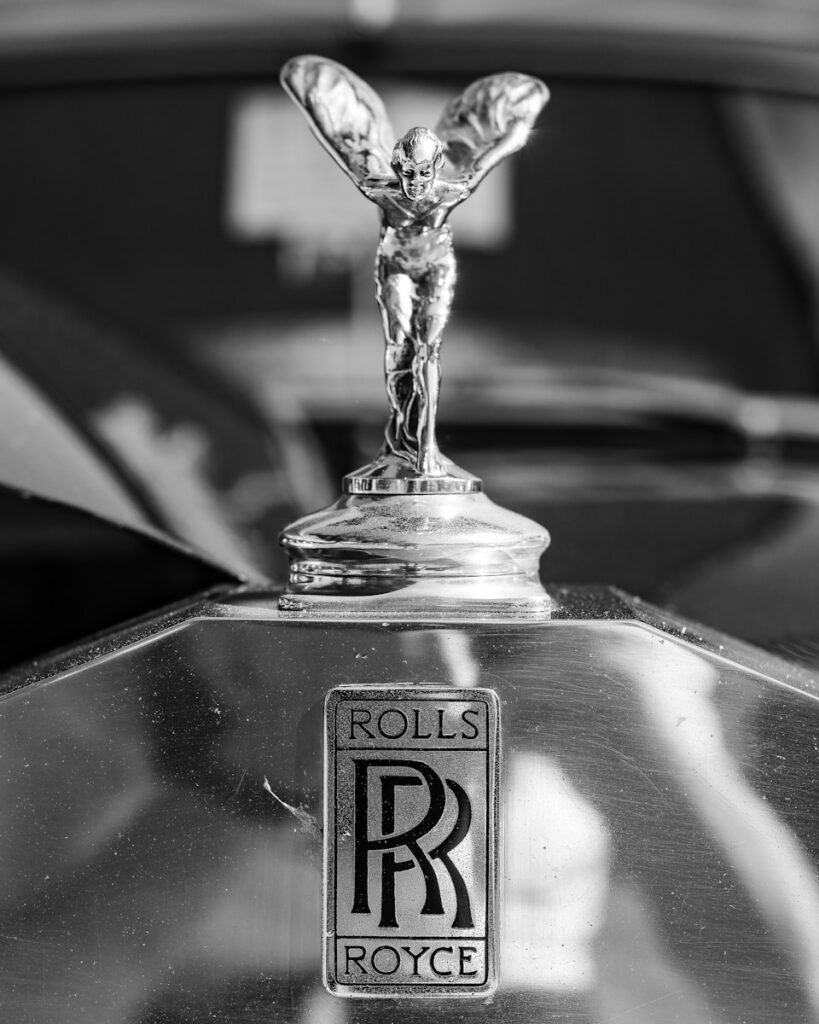
1. **The Shifting Demographics of Ultra-Luxury: Rolls-Royce & Ferrari’s Youthful Surge**
The traditional image of a luxury car owner, particularly for brands like Rolls-Royce, often conjures a picture of an older, established individual. However, the data reveal a startling deviation from this stereotype. Rolls-Royce has undergone a dramatic generational shift, with the average age of its customer plummeting from roughly 60 years ago to a surprisingly youthful 43 today. This makes Rolls-Royce the youngest brand within the BMW Group, even younger than buyers of BMW and Mini models, underscoring that younger generations are indeed appreciating the finer things in life.
This trend is not isolated. Ferrari, an iconic symbol of luxury and performance, is also witnessing a significant surge in younger clientele. Millennial and Gen Z buyers now account for 40% of new Ferrari purchases, a substantial increase from just 30% in the previous year. This growing interest among younger, wealthier individuals is partly fueled by social media, where influencers, rappers, and young entrepreneurs proudly showcase their acquisitions, transforming aspirational dreams into tangible goals for their followers. The desire to own a Ferrari is no longer a distant aspiration but an achievable reality for a new cohort with the financial means to make it happen.
The influx of these younger buyers is further supported by the broader phenomenon known as the “Great Wealth Transfer,” which will see an estimated $84 trillion change hands from baby boomers to the next generation by 2045. This has led to a rise in young billionaires, many of whom have inherited their fortunes. Despite this generational shift, both Rolls-Royce and Ferrari meticulously maintain their image of exclusivity. Ferrari, for instance, continues its “marketing of scarcity,” producing slightly fewer cars than demand and ensuring long waiting lists. For brands like Rolls-Royce, new models are more personalized than ever, with some being coachbuilt, contributing to an average sales price that has soared from less than $300,000 to more than $500,000 over the past decade. Even with increasing accessibility for younger wealth, getting into this exclusive club remains a curated experience, with Ferrari noting that 81% of new purchases in 2024 were made by returning customers.
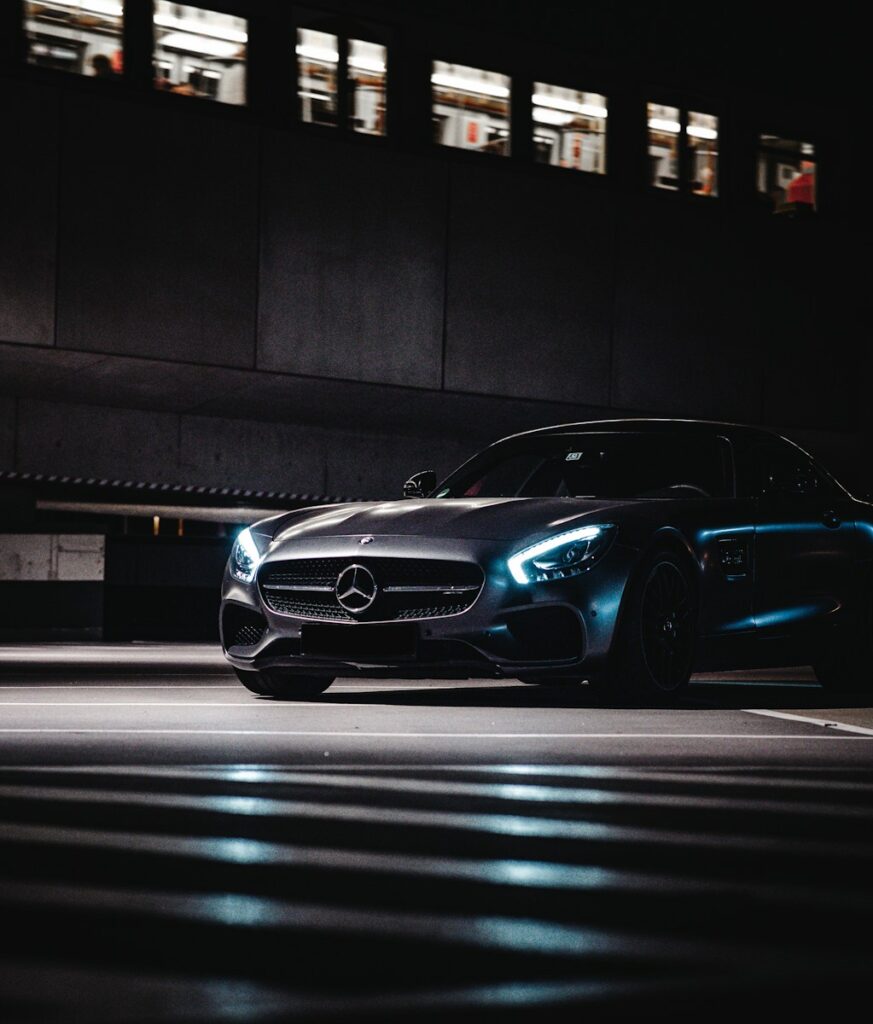
2. **The Enduring Allure of Perfection and Heritage: What Drives Luxury Demand**
When delving into the motivations behind purchasing luxury goods, our survey respondents most frequently mentioned the concept of “perfection.” This term, while connoting a lofty and flawless state of existence, was primarily understood by respondents to refer to the high quality of a product’s physical characteristics and its overall durability. For luxury car buyers, this translates into an expectation of impeccable craftsmanship, engineering precision, and components built to withstand the test of time and demanding performance.
Closely following perfection in importance was “heritage”—the distinctive and timeless brand perception that a luxury item embodies. This attribute underscores the critical importance of preserving a brand’s history and designing products that possess an enduring appeal, capable of transcending fleeting trends and remaining relevant for generations. For luxury car manufacturers, this means carefully nurturing a legacy that speaks of innovation, craftsmanship, and a consistent commitment to excellence, resonating with buyers who not only seek contemporary luxury but also value the storied past embedded in their vehicles. Companies that effectively convey and prioritize their brand’s image, rich with historical significance, are particularly successful in attracting customers who harbor a passion for vintage and timeless luxury items.
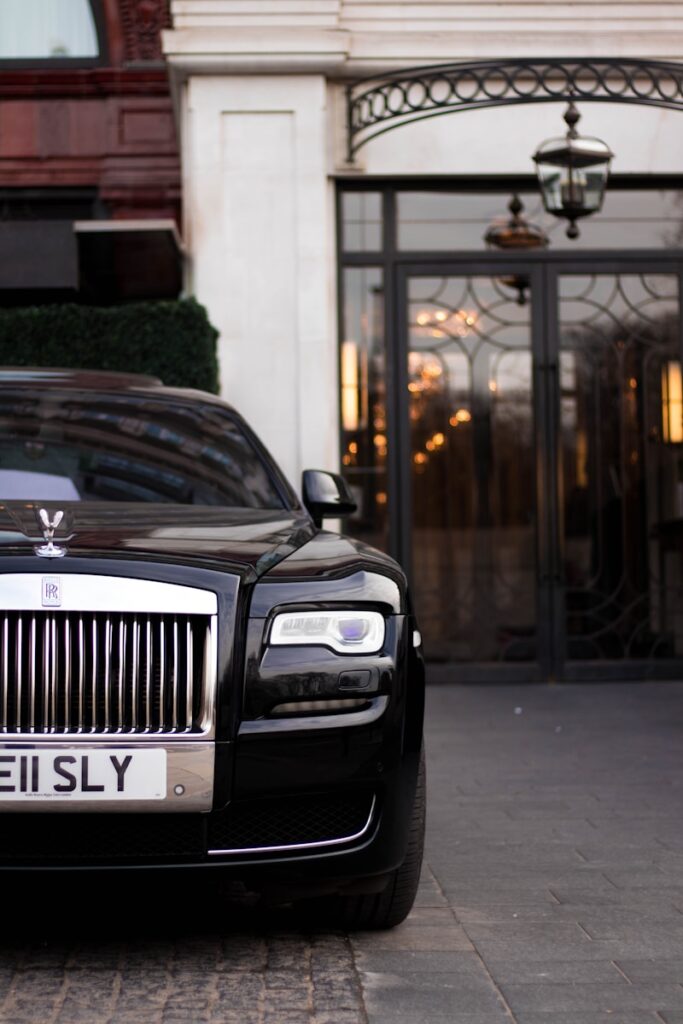
3. **Exclusivity, Emotion, and Personalization: The New Pillars of Luxury Appeal**
Beyond perfection and heritage, several other attributes ranked highly among luxury-car buyers, reflecting a deeper desire for a unique and tailored experience. Exclusivity, the inherent sense of owning something rare and highly sought-after, remains a powerful draw. This is complemented by the emotional connection buyers form with their vehicles, a sentiment that goes beyond mere utility and taps into passion and aspiration. The ability to customize features, or “personalization,” also ranked high, allowing owners to imbue their vehicles with their individual tastes and preferences, making each car a distinct reflection of its owner.
This demand for personalization is becoming increasingly sophisticated, extending to bespoke requests through specialized divisions like Ferrari’s Atelier Ferrari, where young owners can customize their vehicles to their heart’s desire. This trend transforms the purchase into a deeply personal creative process, enhancing the emotional bond with the brand. Furthermore, sustainability has notably increased in importance for luxury buyers, now ranked as the sixth most important attribute. This signals a growing awareness among affluent consumers about environmental responsibility, suggesting that luxury goods, including automobiles, must increasingly align with eco-conscious values, marrying opulence with a commitment to a greener future.
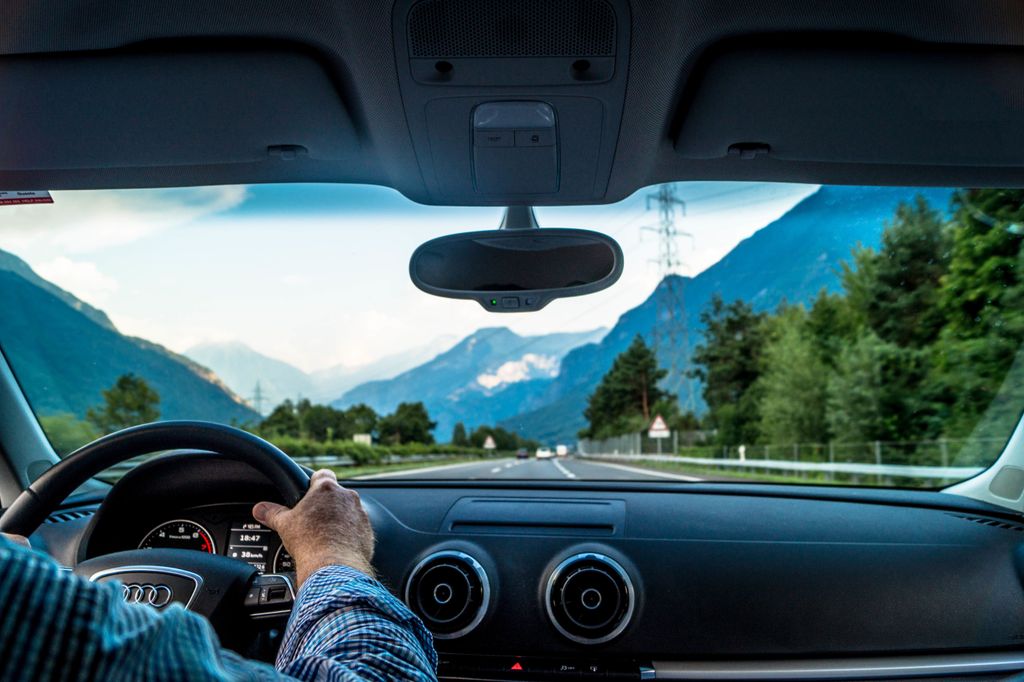
4. **Driving Joy and Investment Potential: The Core Motivations of Luxury Buyers**
Contrary to the common perception that luxury car ownership is primarily about status, our survey reveals a more nuanced picture of buyer motivation. When making a luxury purchase, respondents tended to focus on the experiences that ownership could provide, such as opportunities for travel or engagement in social events, with the associated status being of secondary importance. A remarkable 86% of survey respondents cited the sheer enjoyment of driving as their main purchase motivation, a figure that far surpasses the 36% who cited the desire to showcase their car as a status symbol.
Beyond the immediate pleasure of the open road, a significant portion of respondents, 32%, mentioned investment potential as a key purchase driver, with 16% highlighting the aspect of collection. This trend is particularly pronounced among younger buyers, as respondents under the age of 45 were more likely than their older counterparts to cite these dimensions. This suggests a savvy approach where luxury cars are viewed not just as consumables but as assets that should retain, or even increase, in value over time, aligning with the appreciation seen in other high-end goods.
However, sustaining the residual value of a modern luxury car presents a significant challenge. Vehicle technology, especially in areas like batteries and electronic components, is constantly evolving and becoming more sophisticated at a rapid pace, which can lead to quick depreciation in some luxury EVs. To preserve their appeal and meet buyer expectations, all luxury-car OEMs must proactively address this by developing deliberate strategies to enhance residual value, such as optimizing design for longevity, extending battery life cycles, reducing battery servicing costs, and facilitating trade-ins for used EVs. These actions are pivotal for luxury vehicles to continue fulfilling their promise as both a source of enjoyment and a sound investment.
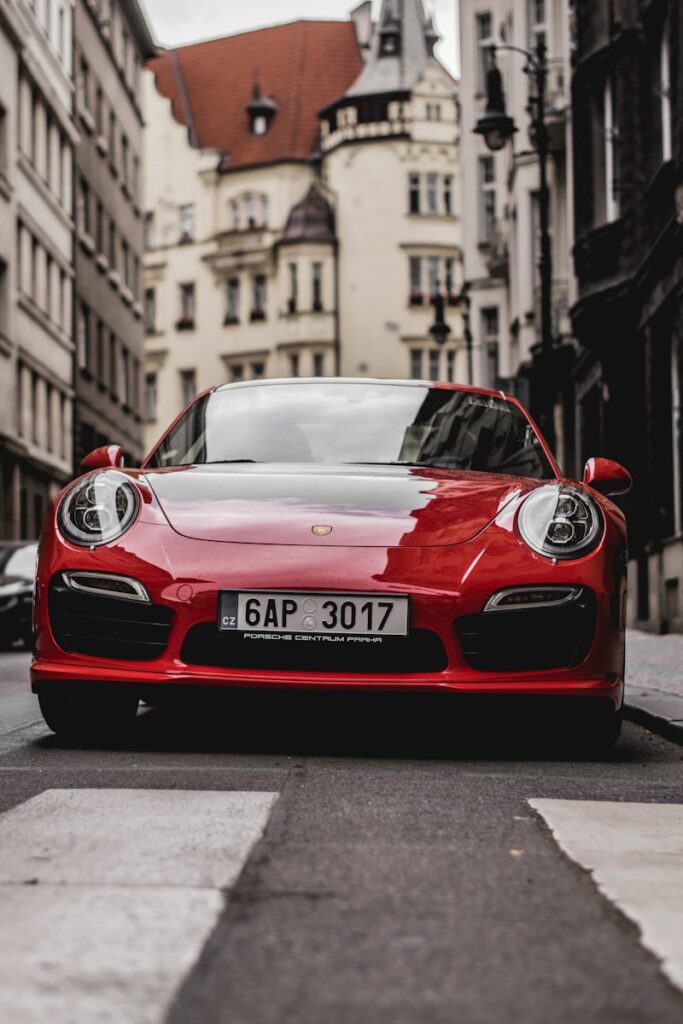
5. **The Omnichannel Imperative: Connecting with Today’s Discerning Car Buyers**
In today’s hyper-connected world, luxury-car buyers are highly sophisticated in how they gather information about potential vehicle purchases. They leverage a diverse array of sources, encompassing online platforms, in-person events such as car club meetings, and various forms of digital media. Our survey highlights the high level of engagement, with 40% of respondents researching general information about luxury cars once a week or more. This frequency demonstrates the myriad opportunities OEMs have to connect with and influence potential customers throughout their purchase journey.
Interestingly, traditional channels like car manufacturer websites, magazines, and publications account for a comparatively small 12.5% of all customer interactions related to luxury cars. Furthermore, these channels are often utilized primarily for collecting technical or commercial information *after* a customer has largely made a purchase decision. To maximize sales and effectively engage with buyers during the critical *consideration phase*—when customers are actively evaluating different brands and models—luxury OEMs must adopt a comprehensive omnichannel communication strategy. This involves diligently monitoring and curating their presence across independent channels and touchpoints, particularly prevalent platforms like YouTube and various social media sites that specifically focus on luxury automobiles, ensuring their message reaches buyers where they are most receptive and actively seeking information.
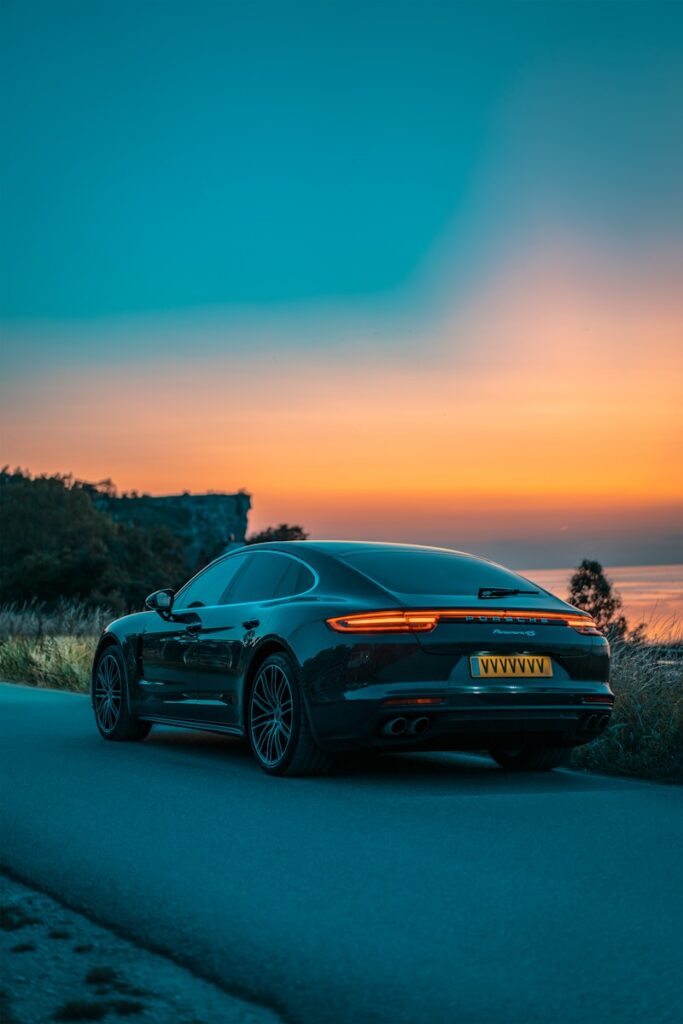
6. **The Fickle Nature of Loyalty: Why Luxury Brands Can’t Rest on Their Laurels**
Despite the formidable reputation and long-standing heritage that many luxury OEMs possess, the landscape of customer loyalty is proving to be remarkably dynamic and challenging. Our survey reveals that luxury brands cannot afford to be complacent. A significant finding indicates that only 37% of luxury-car buyers identify as brand loyalists, stating a likelihood to make a repeat purchase. This figure is strikingly low, given the premium nature of the products and the established brand identities. Conversely, a substantial 35% of respondents indicated that they would consider switching brands for their next purchase, and an additional 28% stated they were likely or very likely to switch.
This fluid and competitive environment means that newcomers with compelling propositions have a clear pathway to progressively win market share from established players who fail to consistently satisfy customer expectations. The willingness to explore new brands is not uniform across all buyer segments; customers fitting the “innovation-seeker” persona are, not surprisingly, the most inclined to investigate emerging brands and technologies. In contrast, those categorized as “collector/connoisseur” persona exhibit the least likelihood of switching, demonstrating a stronger adherence to established marques and their legacies. This trend underscores the imperative for luxury brands to continuously innovate, exceed service expectations, and adapt to evolving preferences, even when leveraging a strong heritage, to cultivate and retain their discerning clientele in a market where loyalty is increasingly earned rather than given.
The automotive landscape is undergoing a profound transformation, driven not only by the aspirations of ultra-luxury buyers but also by the practical and digital-first priorities of a new generation. While the initial segment explored the motivations of those acquiring vehicles at the pinnacle of luxury, this subsequent analysis delves into the broader Gen Z demographic, examining how their emphasis on affordability, technology, environmental impact, and safety is redefining what constitutes a necessary rather than merely a luxurious vehicle. This influential generation is shaping the future of car ownership, demanding attributes that align with their evolving lifestyles and economic realities.
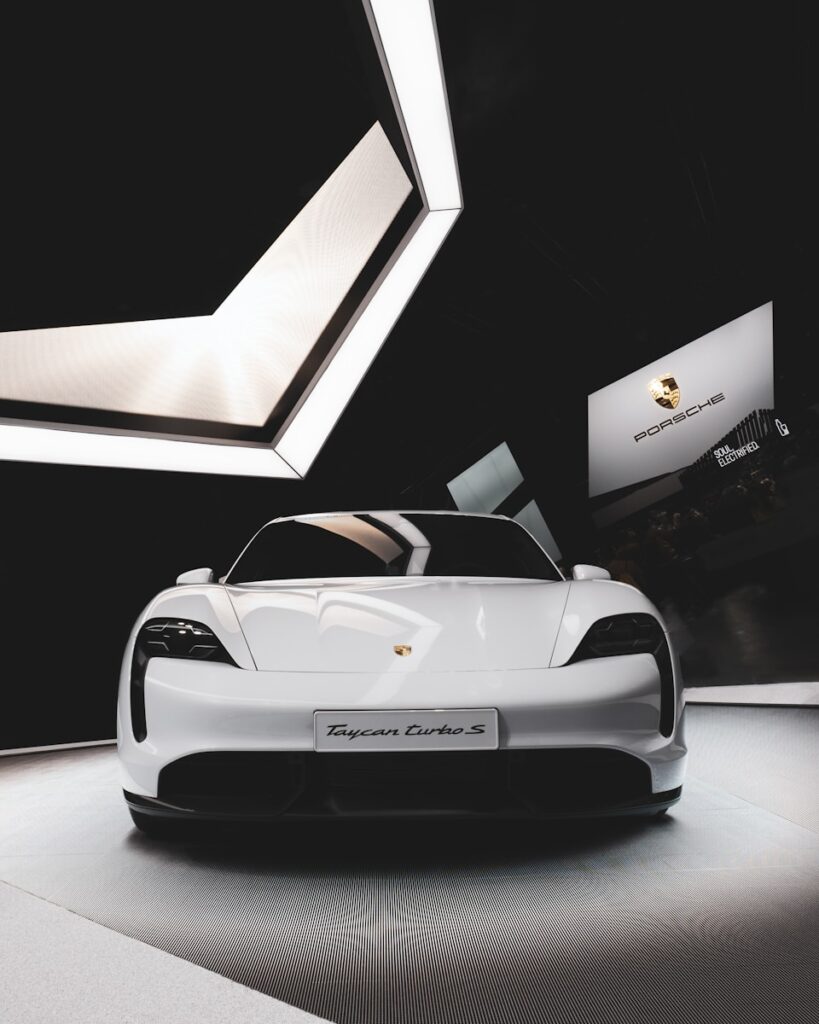
7. **Affordability and Fuel Efficiency**
Price stands as a decisive factor for today’s younger consumers, particularly for first-time car buyers and students navigating constrained budgets. In contrast to preceding generations that often prioritized premium badges or larger vehicle formats, Gen Z and Millennials consistently place a premium on affordability, encompassing not only the initial purchase price but also the comprehensive long-term ownership costs. This pragmatic approach highlights a fundamental shift in consumer values.
Fuel efficiency emerges as a critical determinant in this consideration. With persistent fluctuations in gas prices and broader inflationary pressures, a vehicle’s mileage performance has ascended to a top-tier criterion. Hybrid models and compact vehicles known for their fuel-sipping capabilities are increasingly attractive, appealing not solely for their environmental advantages but also for their direct positive impact on personal finances. Many discerning buyers meticulously calculate the cost-per-mile prior to finalizing a purchasing decision, reflecting a financially astute approach to vehicle acquisition.
Young buyers also rigorously evaluate ongoing expenses such as maintenance costs, the scope of warranty coverage, and the overall reliability of a vehicle. This comprehensive assessment often leads them to favor models like a Toyota Corolla or Honda Civic over a premium marque, recognizing that the true cost of ownership extends far beyond the initial sticker price. Consequently, luxury finishes and brand prestige frequently yield precedence to the tangible benefits of functionality and substantive savings, demonstrating a clear preference for practical value.

8. **Connectivity and Tech Integration**
In the contemporary automotive market, seamless technological integration is no longer considered an optional enhancement but rather an essential requirement, as vehicles must inherently function in concert with smartphone ecosystems. Young drivers unequivocally expect features such as Apple CarPlay, Android Auto, Bluetooth connectivity, and intuitive touchscreens to be standard provisions, rather than supplementary upsells. This expectation underscores a fundamental shift in how this demographic interacts with their vehicles.
A car lacking robust tech connectivity is frequently perceived as inherently “outdated” by this segment of buyers. The inclusion of USB-C ports, wireless charging pads, and integrated voice assistants is not viewed as a luxury but as a lifestyle imperative. Reflecting their increasingly hybrid work and social lives, many Gen Z consumers utilize their vehicles as mobile offices, rendering functionalities such as remote start, keyless entry via a smartphone application, or direct integration with digital calendars and navigation platforms as highly compelling attributes.
Furthermore, advanced features like over-the-air (OTA) software updates and embedded Wi-Fi hotspots are rapidly gaining significant traction among younger buyers. This demographic perceives technologically advanced vehicles as logical extensions of their digital identities – smart, consistently connected, and inherently efficient, mirroring their broader reliance on interconnected digital tools in daily life.
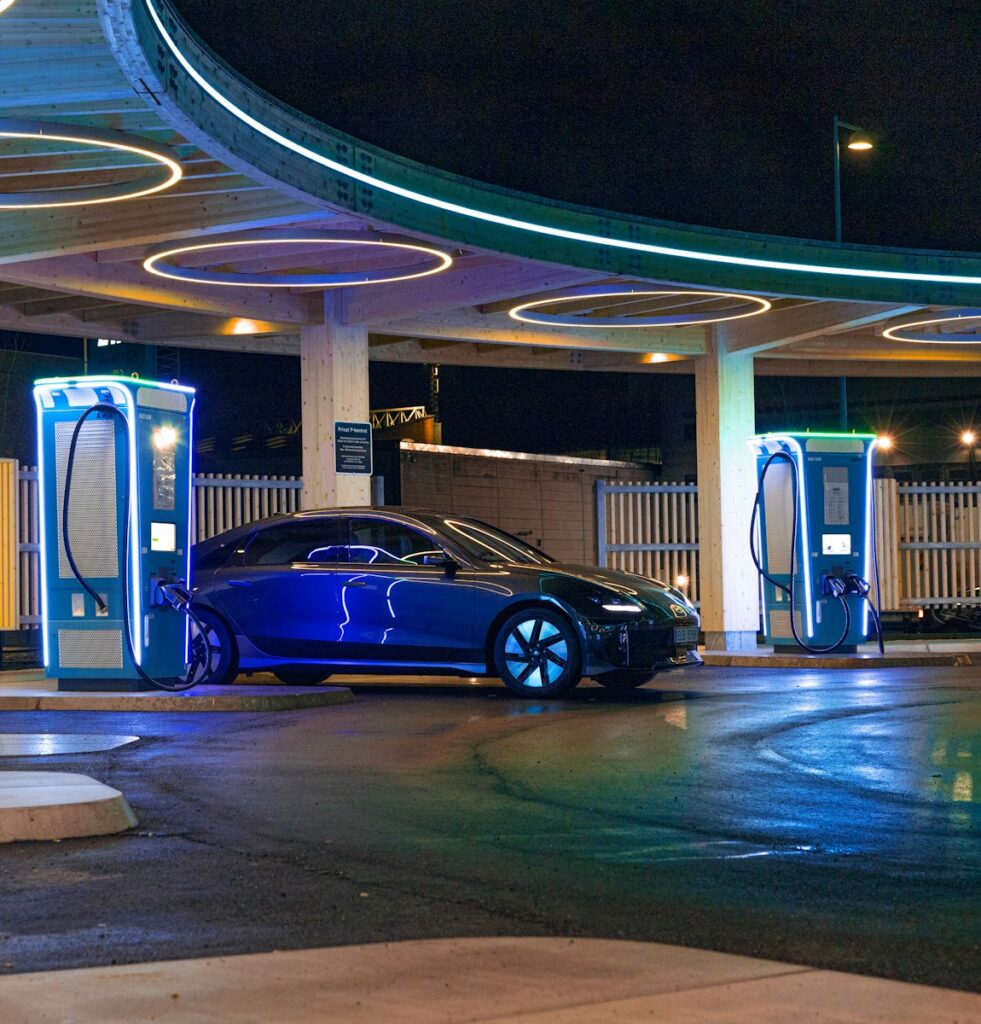
9. **Environmental Consciousness**
Eco-awareness represents more than a transient trend; it stands as a fundamental value for today’s youth. Concerns pertaining to climate change, broader sustainability, and individual carbon footprints exert a considerable and growing influence on automotive purchasing decisions. This heightened environmental sensibility is a primary driver behind the accelerating preference for hybrid, plug-in hybrid (PHEV), and fully electric vehicles (EVs) as leading choices within this demographic.
Young buyers actively seek not only eco-friendly vehicles but also the distinct “green” image that accompanies such ownership. Possessing a Tesla, a Toyota Prius, or even a hybrid RAV4 communicates a tangible commitment to environmental responsibility and forward-thinking principles. Moreover, in numerous urban centers, EV ownership confers practical advantages, including eligibility for tax credits, reduced toll charges, and privileged access to high-occupancy vehicle (HOV) lanes, further incentivizing their adoption.
Automakers have demonstrably responded to this evolving consumer demand, strategically offering an expanded array of cleaner vehicle options, often at more accessible price points. Concurrently, various government incentives play a crucial role, empowering eco-conscious younger individuals to invest in green technology while actively contributing to broader environmental stewardship, thereby aligning personal values with practical choices.

10. **Compact and City-Friendly Size**
The dynamics of urban living, characterized by constrained parking availability and escalating insurance premiums, collectively render compact cars an unequivocally logical choice for a significant portion of younger drivers. Hatchbacks, compact SUVs, and smaller sedan formats consistently represent the most preferred vehicle types within this demographic, underscoring a prevailing emphasis on practicality and maneuverability in congested environments.
These vehicle configurations skillfully achieve an optimal balance between functional utility and everyday practicality. Their inherent design facilitates easier driving, simplified parking in tight spaces, and generally more economical maintenance requirements. For students or professionals embarking on early career stages, who frequently relocate between cities or academic campuses, a compact vehicle offers an agile and less stressful solution for daily transit. Models such as the Hyundai Kona, Toyota Yaris Cross, or Honda HR-V are particularly appealing, effectively integrating style, interior space, and cost savings within a single, smaller package.
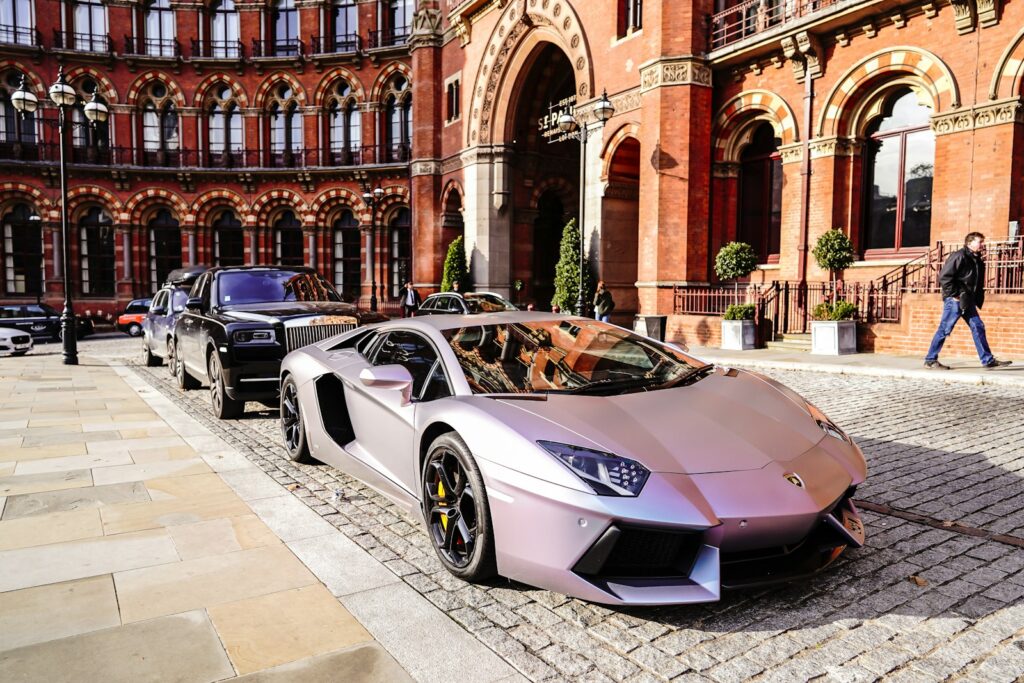
11. **Safety and Driver-Assist Features**
The imperative of safety has transcended its former status as a secondary consideration, now standing as a non-negotiable attribute in vehicle selection for young buyers. While traditional automotive specifications once prominently featured horsepower and sheer speed, today’s youth are demonstrably more inclined to inquire about advanced safety technologies such as adaptive cruise control, lane-keeping assist systems, and automatic emergency braking capabilities. For post-pandemic consumers, particularly those navigating dense urban traffic or extensive highway routes, the assurance of peace of mind on the road is paramount.
Features like blind-spot monitoring, forward collision warning systems, and rearview cameras are frequently considered deal-breakers if conspicuously absent from a vehicle’s specification list. This meticulous attention to safety extends to comprehensive research, with many young buyers diligently investigating a car’s crash-test ratings and its brand reliability scores well before engaging with a showroom. Consequently, safety has become intrinsically linked with prudent and responsible purchasing decisions, reflecting a maturing perspective on vehicle ownership.
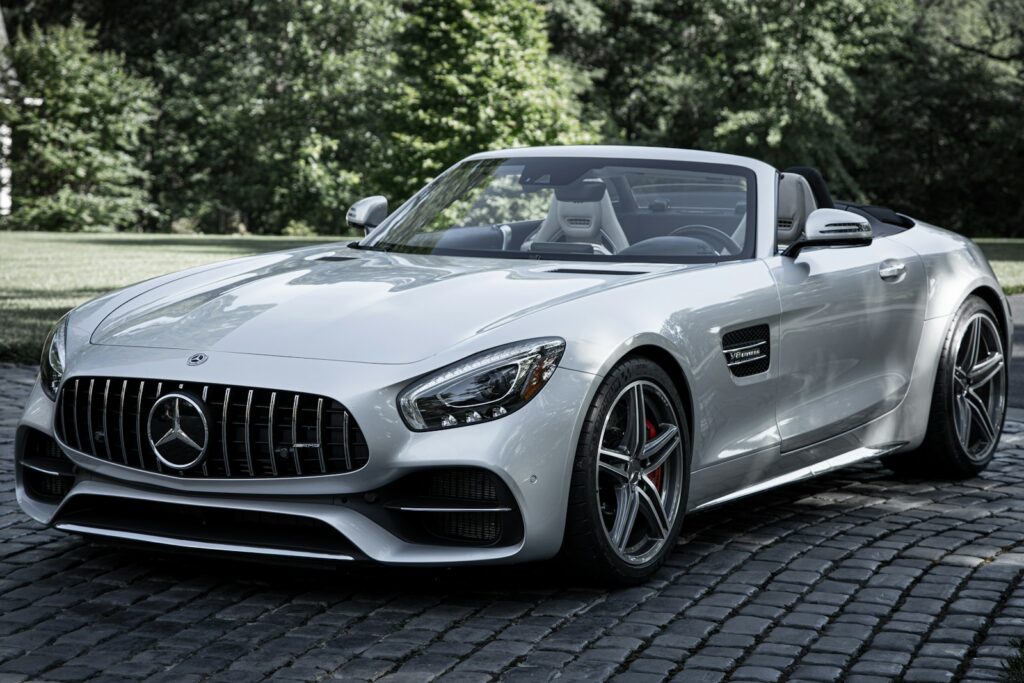
12. **Style and Personal Identity**
For the younger generation, a car transcends its functional role as mere transportation; it fundamentally serves as a statement piece, an extension of personal identity that they are keen to curate with distinctiveness. From vibrant, unconventional colors and bold exterior trims to highly customized interiors and sophisticated LED lighting accents, the overall design aesthetic of a vehicle holds significant sway. This focus on individual expression marks a clear divergence from the preferences of preceding generations, who often prioritized pure practicality over personalized flair.
Unlike their parents, who frequently favored utilitarianism, today’s youth are unequivocally drawn to vehicles that authentically mirror their individual aesthetic sensibilities. Whether this translates to a minimalist electric vehicle featuring a sleek, uncluttered dashboard or a boldly designed crossover distinguished by red stitching and matte black wheels, the paramount requirement is that the vehicle resonates deeply as “them.” Automotive brands are adeptly recognizing this shift, increasingly offering factory customization options, distinct color packages, and limited editions to specifically appeal to Gen Z and Millennials who demand more than basic functionality; they seek a pronounced sense of flair and individuality.
The transformation across the automotive market, from the burgeoning youth demographic in ultra-luxury vehicles to the practical, digital-first demands of Gen Z for everyday necessities, signals a comprehensive redefinition of automotive appeal. As brands navigate these shifts, the emphasis remains on understanding dynamic buyer motivations, whether rooted in aspirational luxury or the essential functionalities of modern life. The industry must continue to adapt, integrating innovation, value, and connectivity, ensuring that the vehicles of tomorrow meet the diverse and evolving expectations of all generations.



